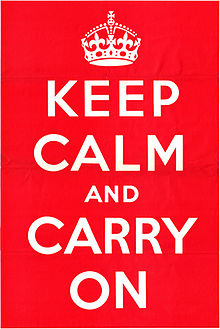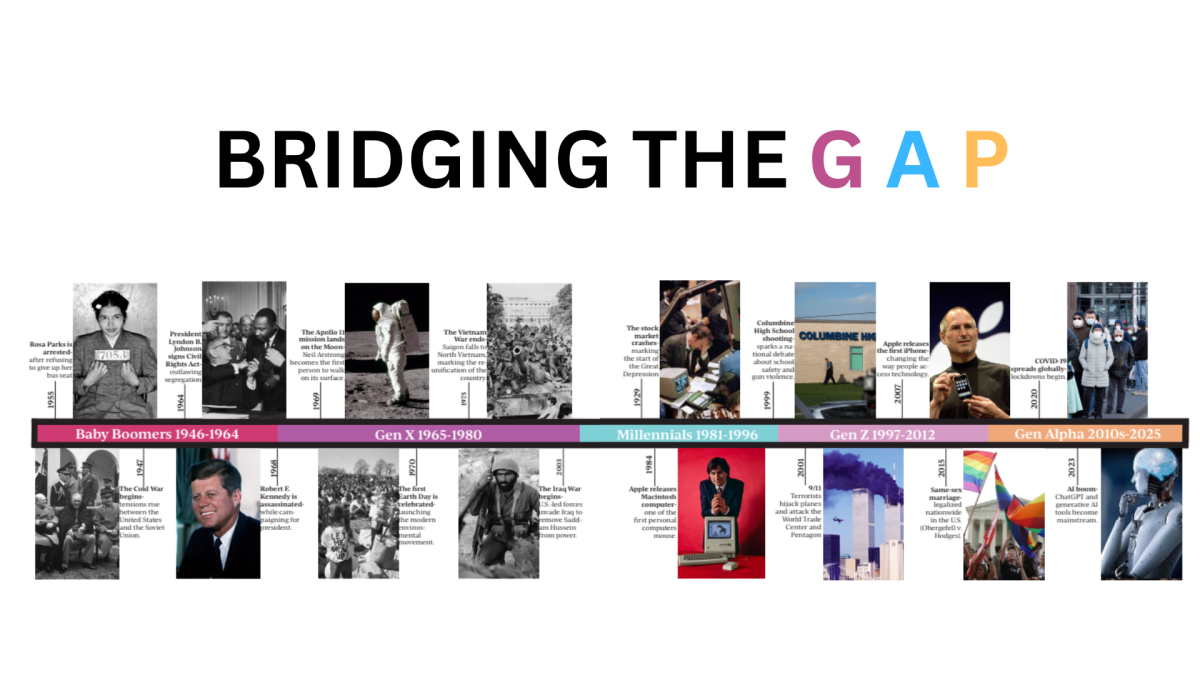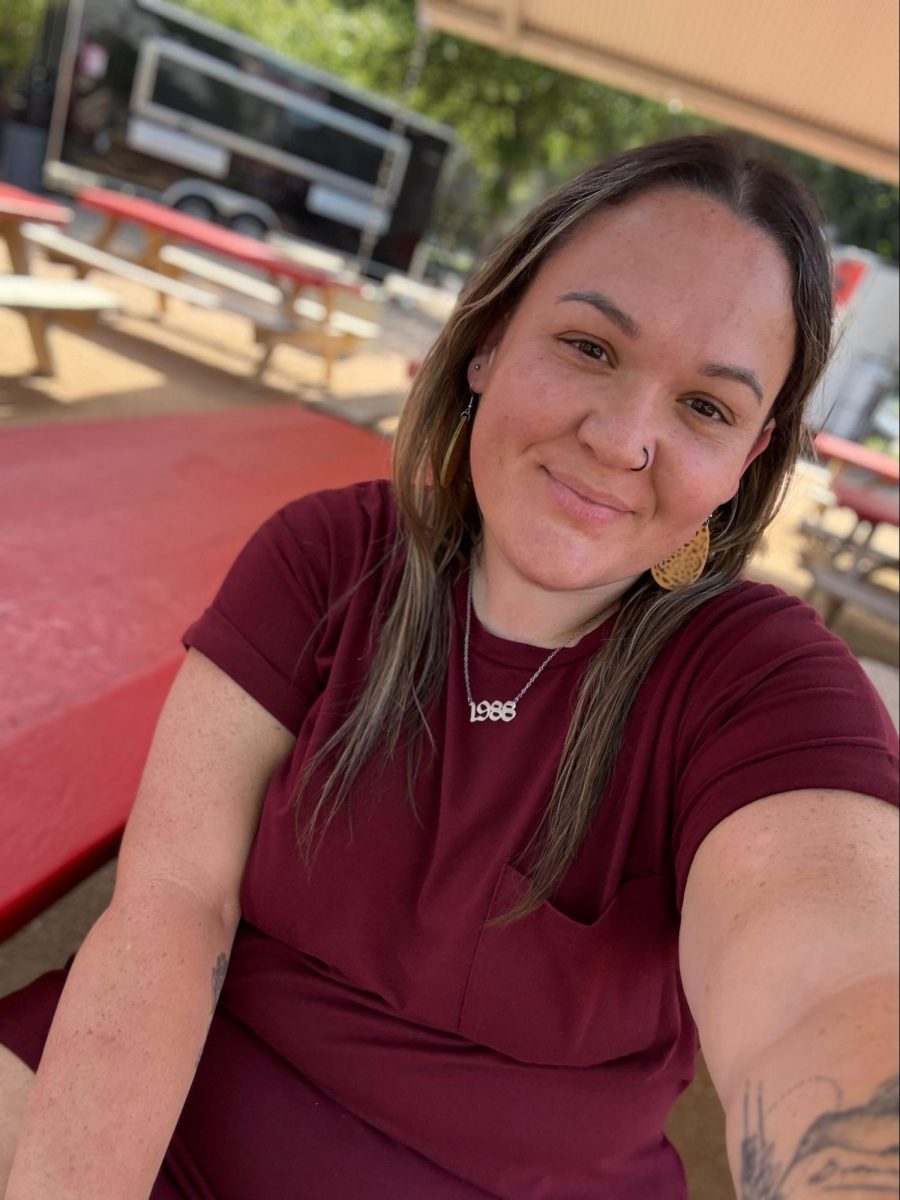
Keep Calm and Carry On: The words seen on posters, phone cases and other franchise goods.
Before the slogan was a marketing sensation, it was used as propaganda for the British during World War II in order to raise morale in the aftermath of a mass attack. It had no public distribution, thus it was not widely known.
With a bold colored background, the posters were required to be similar in style and feature the symbolic crown of King George VI. The first two posters, “Your Courage, Your Cheerfulness, Your Resolution will Bring Us Victory” and “Freedom is in Peril” were produced by His Majesty’s Stationery Office. “Keep Calm and Carry On” was their third attempt to spread the word.
The first two were posted on public transports, in shop windows, and on notice boards across Britain. The third and final poster of the set was again straightforward and to the point. They planned on initiating the poster if Germany had plans to invade Britain. That never happened so the poster was never officially seen by the public.
After World War II, most of the “Keep Calm and Carry On” posters were destroyed. Only a few remained and it wasn’t until 2000 that the posters were discovered and became widely popular in a small town called Alnwick.
In 2009, the posters made their way into the Prime Minister of Britain’s Strategy Unit. By 2010, they began appearing on videos and influenced many parodies. The following year, it had become the United Kingdom’s slogan for trademark.
Today, through commercialism, it has become an aspect that draws attention of the media. “Keep Calm and Carry On” spread like wildfire to many different countries. Advertisements, campaigns, shirts, and themes have all been influenced by these once-lost words.
Although many people know about this infamous sign, only a few know about it’s unique history and main purpose. Keep Calm and Carry On.






